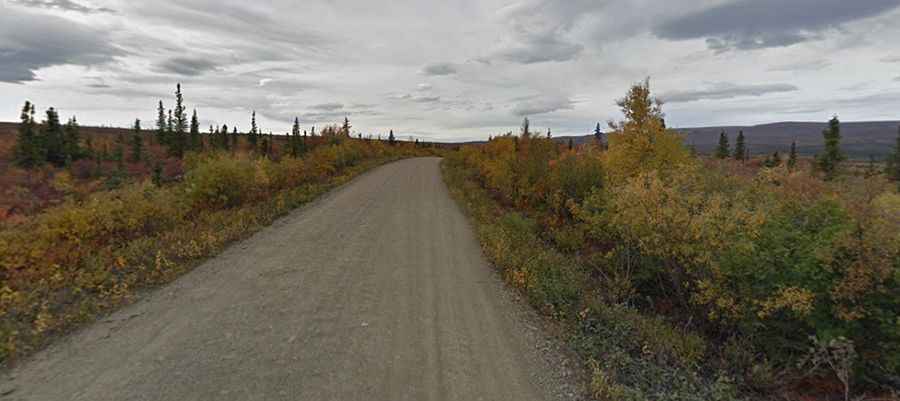What you need to know about driving the Stampede Trail in Alaska
Stampede Trail is a remote mountain road located within the Denali National Park, in the U.S. state of Alaska.

How long is Stampede Trail?
The trail is about 18 miles (28km) long, starting from the George Parks Highway (Alaska Route 3). The first 4 miles are paved, and most cars can drive up to Mile 5. Beyond that point, a high-clearance or four-wheel-drive vehicle is necessary. The trail then becomes a rough hiking path and ends at an abandoned antimony mine along Stampede Creek.
Why was the Bus 142 on Stampede Trail famous?
Until 2020, an abandoned bus known as the Fairbanks City Transit System Bus 142 was located on the trail. Used in the 1960s as a shelter during road work, the bus was later abandoned attracting local hunters. Its fame grew after Christopher McCandless, an American hitchhiker, lived in the bus from April to August 1992. He died of starvation, and his story was told in Jon Krakauer's article "Death of an Innocent," later expanded into the book "Into the Wild." Sean Penn's 2007 movie further popularized the tale. On June 18, 2020, Bus 142 was moved to the University of Alaska Museum of the North for preservation.
How challenging is the Stampede Trail?
The trail is pretty challenging. It’s mostly level but can become extremely muddy after rainfalls. Expect two river crossings. Contrary to some maps, Stampede Road doesn't reach the Toklat River, limiting its utility for vehicular access.
Is the Stampede Trail worth the drive?
The drive offers great views, including possible sights of Mt. McKinley on clear days, and wildlife like moose, foxes, caribou, and bears. Mosquitoes can be a problem, especially in still conditions.
When was Stampede Trail built?
Stampede Trail was established in the 1930s as a mining trail. In 1961, Yutan Construction started to upgrade it for truck access to nearby mines, but the project was stopped in 1963. Despite crossing several rivers, no bridges were built.